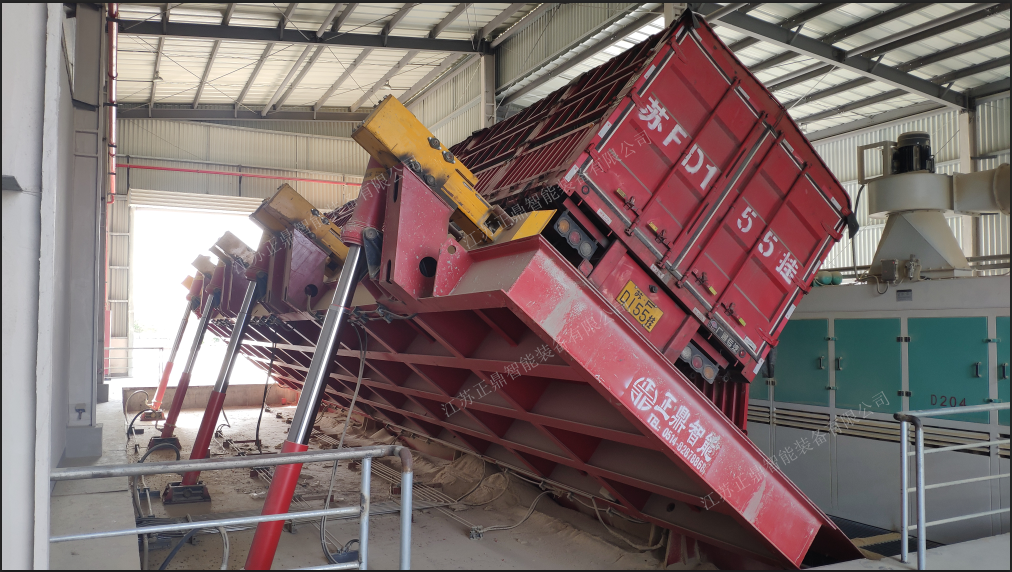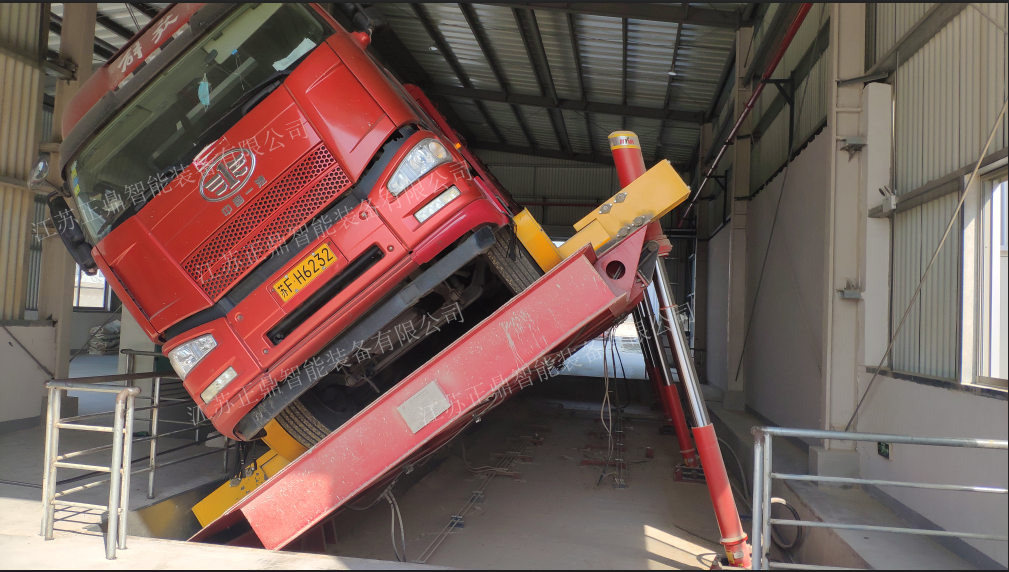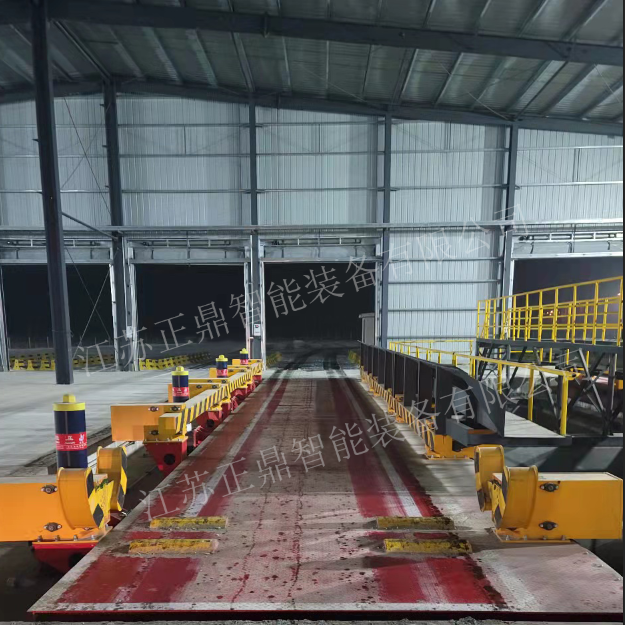loading and unloading containers
Loading and unloading containers represent a crucial component in modern logistics and supply chain operations. These specialized systems are designed to facilitate the efficient movement of cargo containers between different modes of transportation, storage facilities, and distribution centers. The process incorporates advanced hydraulic systems, automated guidance mechanisms, and precision control systems to ensure safe and accurate handling of containers weighing several tons. Modern container loading and unloading equipment typically features sophisticated sensors and positioning systems that enable precise placement and retrieval of containers, minimizing the risk of damage and optimizing operational efficiency. These systems can be customized to accommodate various container sizes, from standard 20-foot to 40-foot containers, and can be integrated with existing warehouse management systems for seamless operation. The technology employed includes automated stacking cranes, reach stackers, and gantry systems, all working in conjunction to provide rapid, reliable, and cost-effective container handling solutions. Environmental considerations are also addressed through energy-efficient designs and reduced emissions, making these systems increasingly sustainable for long-term operations.


